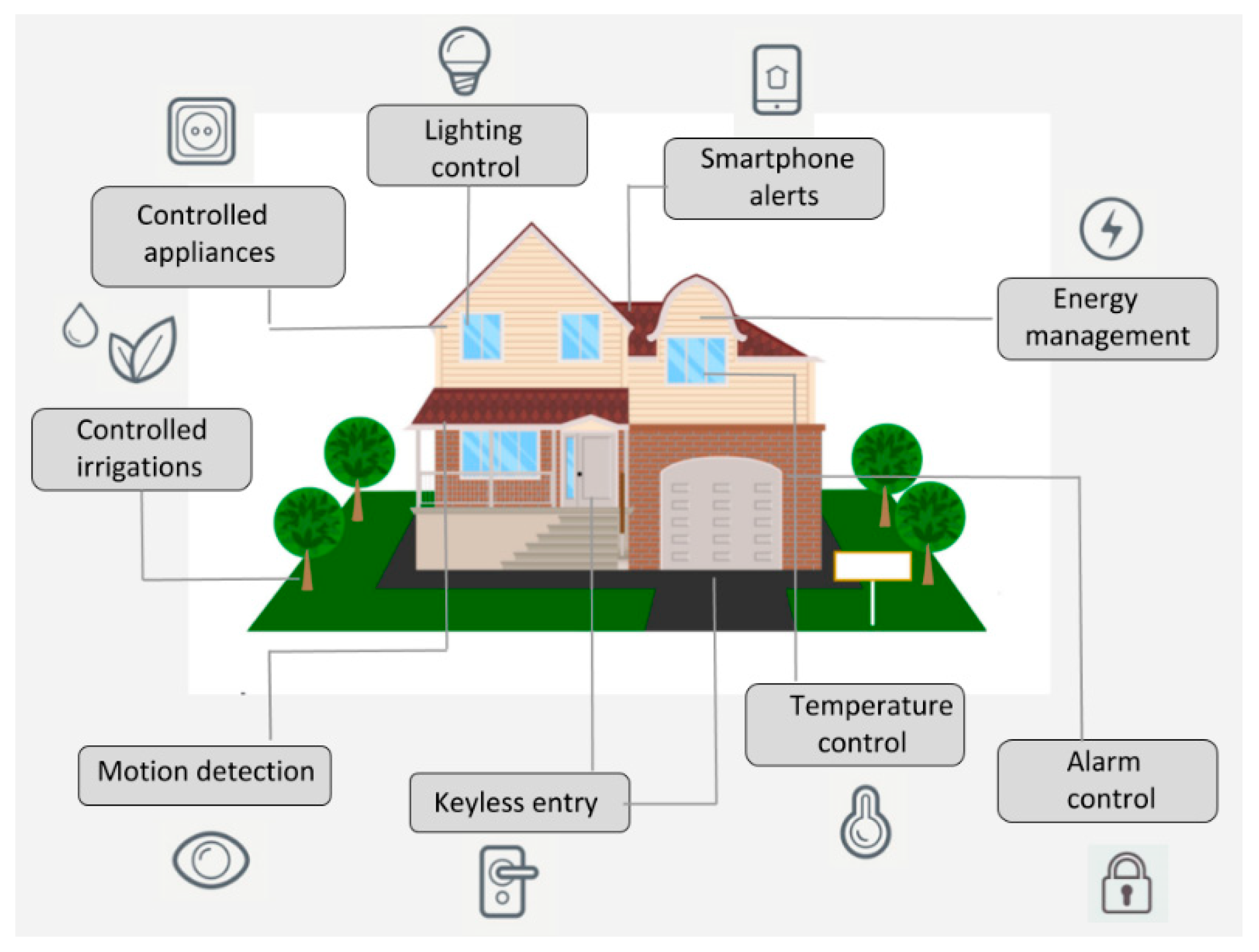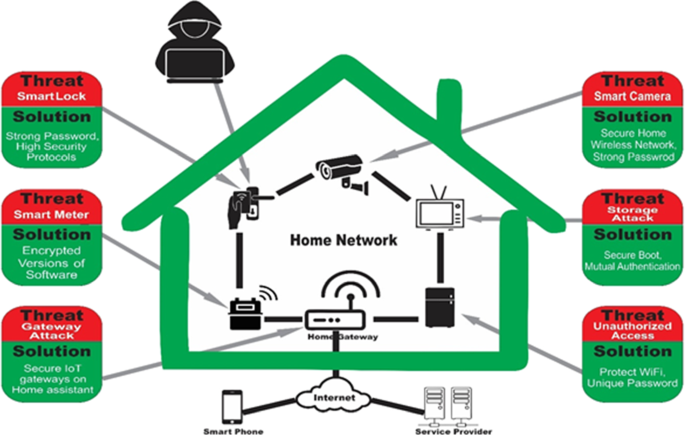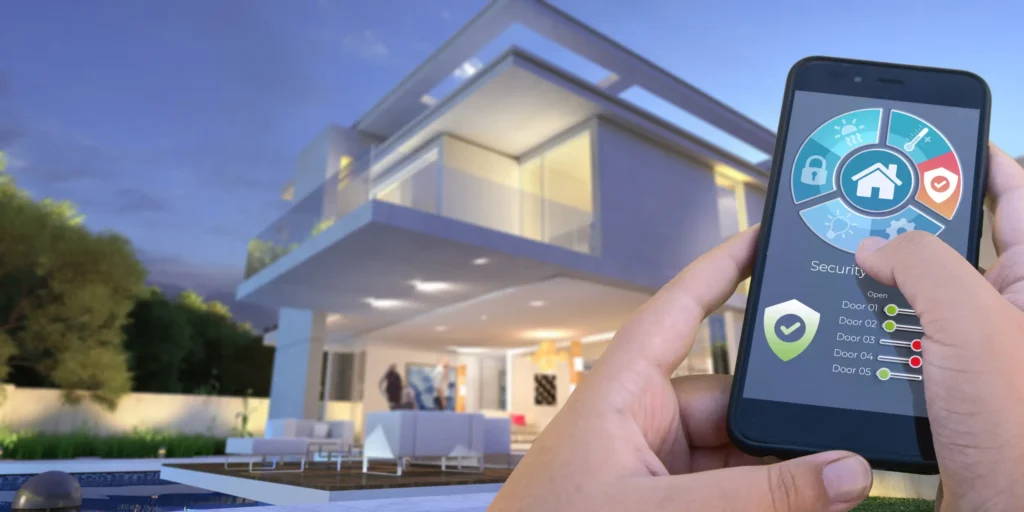Smart homes are becoming popular in many parts of the world. People love controlling their lights, heating, and appliances with a tap. Smart devices make life easier and more comfortable. But not everyone can enjoy these benefits easily. Older buildings often face many challenges when adopting smart home technology.

Credit: www.mdpi.com
Why Smart Homes Are a Challenge in Old Buildings
Older buildings were not designed for modern technology. They have older wiring, plumbing, and walls that can make smart devices hard to install. Let’s explore some common problems people face in these buildings.
1. Old Wiring Systems
Smart devices need proper wiring to work well. Many old buildings have outdated electrical systems. These systems may not support modern devices safely. For example, smart thermostats or lights need steady power. But old wiring may cause interruptions or even fires.
2. Thick Walls
Many old buildings have thick walls made of stone or concrete. These walls block Wi-Fi signals. Smart devices, like cameras or sensors, need a strong Wi-Fi connection. Weak signals can cause devices to disconnect or not work properly.
3. Limited Power Outlets
Smart devices need power to run. Many older homes have fewer power outlets. This creates a problem when installing multiple smart devices. Adding new outlets can be expensive and time-consuming.
4. Outdated Plumbing
Some smart home devices, like smart faucets or leak detectors, connect to plumbing. Older buildings may have rusty pipes or outdated plumbing systems. These systems may not work well with modern smart devices.
5. Lack Of Internet Infrastructure
High-speed internet is essential for smart home devices. Older buildings may not have strong internet connections. This can make it hard to set up or use smart devices effectively.
Other Challenges to Consider
Besides the technical issues, other challenges arise. These include costs, permissions, and compatibility problems.
1. High Costs
Upgrading an old building for smart home integration can be expensive. You may need new wiring, plumbing, or internet systems. The cost of buying and installing smart devices adds up too.
2. Permissions And Regulations
If you live in a rented home or a heritage building, making changes can be hard. You may need permission from landlords or government bodies. These permissions can take time and may not always be approved.
3. Compatibility Issues
Not all smart devices work well together. Older buildings may have unique setups that cause compatibility problems. For example, an old heating system may not work with a new smart thermostat.
4. Maintenance Challenges
Smart home devices need regular updates and maintenance. Older buildings may lack the infrastructure to support these updates. If something breaks, repairs can be more complicated in an older home.

Credit: link.springer.com
How to Overcome These Challenges
While the challenges are real, solutions do exist. Here are some tips for integrating smart home technology in older buildings.
1. Start Small
Begin with simple devices like smart plugs or bulbs. These are easy to install and don’t need major changes. They can give you a feel for how smart technology works in your home.
2. Use Wi-fi Extenders
If your walls block signals, consider using Wi-Fi extenders. These devices boost your Wi-Fi connection and help smart devices work better.
3. Consult Professionals
Hire experts to assess your building’s systems. They can suggest safe and effective ways to integrate smart devices. They can also ensure that your wiring and plumbing are up to date.
4. Choose Compatible Devices
Research smart devices that work well with older systems. Some manufacturers design products specifically for older homes. This can save you time and frustration.
5. Upgrade Gradually
Instead of upgrading everything at once, take it step by step. Focus on one system at a time, like lighting or heating. This approach spreads out costs and makes the process more manageable.
6. Use Battery-powered Devices
Some smart devices run on batteries instead of being plugged in. These are great for homes with limited power outlets. You can use them without needing to rewire your home.
Frequently Asked Questions
What Challenges Do Older Buildings Face With Smart Home Systems?
Older buildings often have outdated wiring, limited space, and thick walls that can block signals.
Can Smart Home Devices Work With Old Electrical Systems?
Yes, but compatibility issues may arise. Upgrading wiring or using adapters might be necessary.
Why Do Thick Walls Affect Smart Home Integration?
Thick walls can block Wi-Fi or Bluetooth signals, making device communication harder.
How Do You Power Smart Devices In Older Buildings?
Smart devices usually require stable power. Older buildings may need electrical upgrades or smart plugs.
Conclusion
Integrating smart home technology in older buildings is not easy. Challenges like old wiring, thick walls, and outdated systems are common. But with careful planning, these challenges can be overcome. Start small, consult experts, and upgrade gradually. Smart technology can improve your life, even in an older home.

